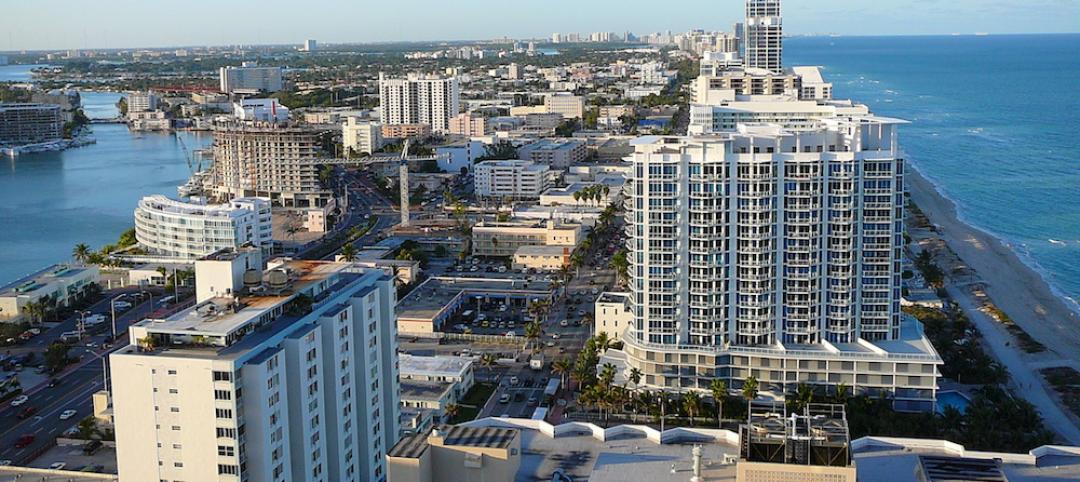The recent mass shooting at a Planned Parenthood Clinic in Colorado Springs, Colo., prompted an article in the Colorado Springs Independent asking if building codes could reduce the carnage in such incidents.
Building codes have focused on fire safety with interior corridor doors being easy for anyone to open. This strategy is at odds with what law enforcement would like to do—close down portions of buildings by blocking corridors in order to isolate a shooter or potential victims.
Locking down parts of a building could do more harm than good in certain circumstances. If corridors are locked to prevent a shooter from gaining access to one section of the building, it might prevent people from escaping.
Electronic locking devices might be viable options for some buildings. Codes allow for these in sensitive areas such as in hospitals' newborn nurseries, which often are located behind locked doors to guard against kidnappers.
Related Stories
Regulations | Aug 5, 2016
Stop-work orders in New York City up sharply this year
The orders come after a rise in the number of deadly accidents that have occurred in the past few years.
Sustainability | Aug 4, 2016
S.F. Bay Area voters approve first-of-its-kind tax to fight impact of climate change
The funds from the tax will be used to restore wetlands
Concrete | Aug 2, 2016
Concrete Association builds case against cross-laminated timber
The campaign asserts that not enough is known about CLT in construction
Seismic Design | Jul 28, 2016
Risk of man-made earthquakes now factor in seismic hazard analysis
Significant risk increases seen in some areas of the U.S.
Resiliency | Jul 27, 2016
New York’s resilience plans not taking long-term view, critics charge
Continued waterfront development may be regretted later this century.
Green Specifications | Jul 26, 2016
New Miami Beach law requires LEED certification on projects larger than 7,000 sf
LEED Silver the prescribed standard on buildings larger than 50,000 sf.
Energy | Jul 25, 2016
Michigan law provides local governments with flexible energy conservation financing
Allows cities to fund projects without adding debt.
Contractors | Jul 15, 2016
Trade unions, contractors call for maximum penalty in construction worker death case
‘Sick and tired’ of lawbreaking contractors defining public perception.
Multifamily Housing | Jul 14, 2016
Portland, Ore., City Council approves construction excise tax for affordable housing
Expected to raise $8 million annually on commercial and residential projects.
Drones | Jul 13, 2016
FAA issues final rule on commercial use of drones
The rule covers commercial uses for drones that weigh less than 55 pounds, and it takes effect Aug. 29.
















